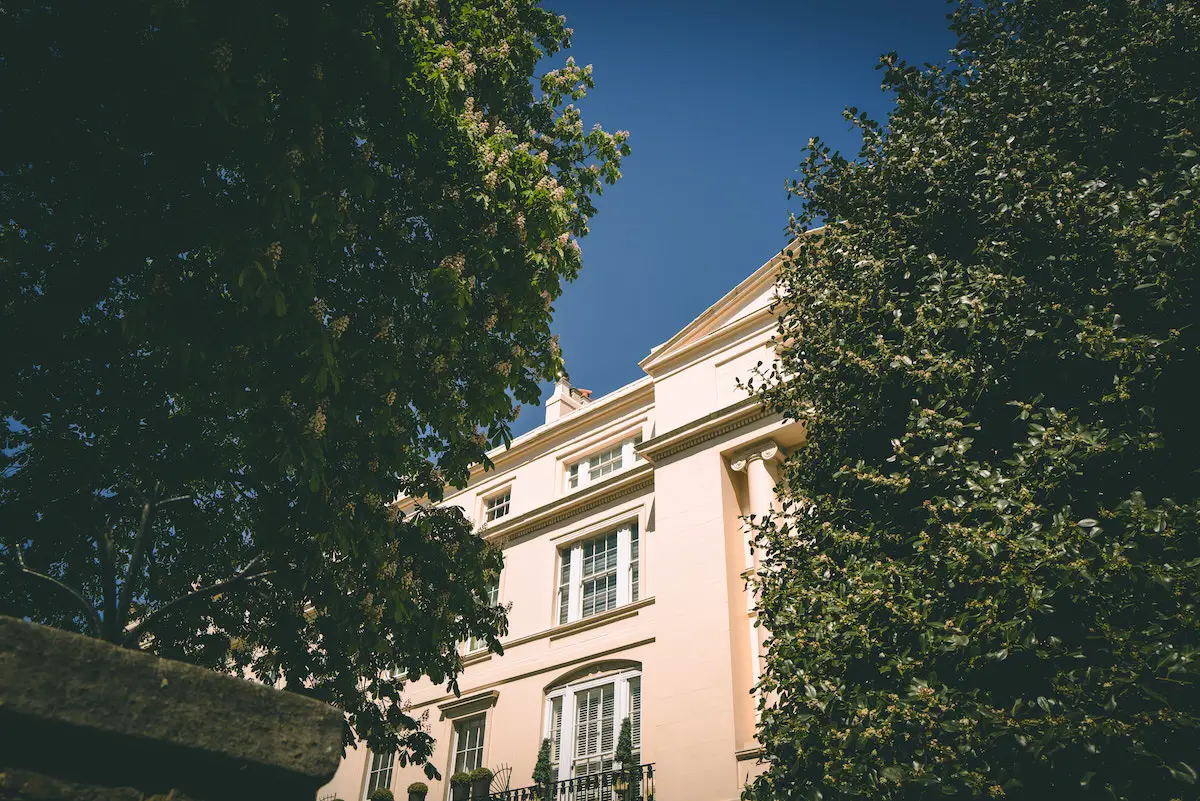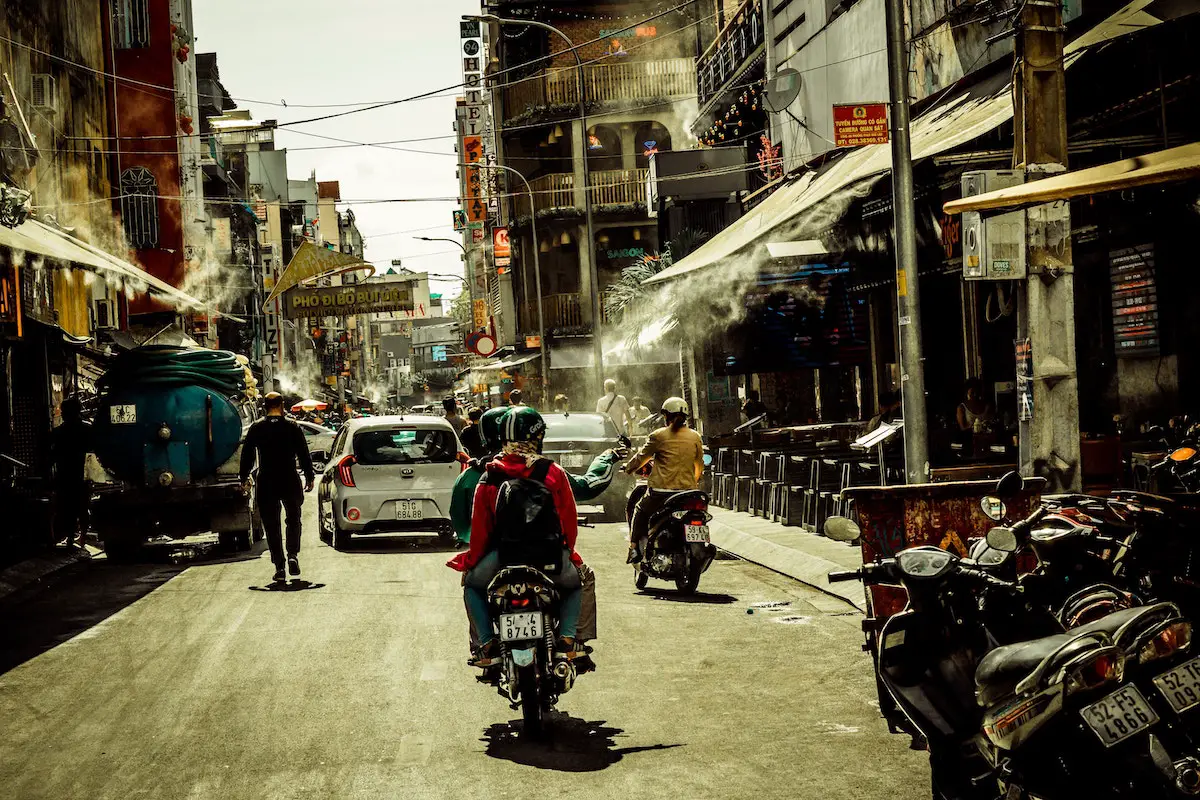On May 22, 2011, Jakarta set a new milestone towards a healthier and more livable city. The Jakarta administration inaugurated the city’s first dedicated bicycle lane, stretching 1.5 kilometers from Ayodia Park to Blok M in South Jakarta. Jakarta is late in promoting bicycle lanes, having focused on promoting the use of cars by building more elevated inner city toll roads and ignoring the importance of non-motorist trips in the city.
Many metropolitans in the world have developed dedicated bicycles lanes for years. Cities in developed countries, particularly in Europe, have integrated bicycle lanes into their transportation network systems. Those cities such as Amsterdam, Paris, Berlin, Copenhagen and Barcelona have been developed as bike-friendly cities. Safe and extensive bike route networks, promotion of pro-cyclist policies, and a bike culture have taken places in those cities. Cyclists in those cities are not second class residents and can safely ride their bicycles as the main mode for their daily commute to their workplaces.
The inauguration of Jakarta’s first dedicated bike lane should also be considered a breakthrough in solutions for acute traffic congestions in Jakarta. The development of dedicated bicycle lanes is a good move from the Jakarta administration for promoting the use of bicycle as an alternative transportation mode. If the Jakarta city administration could encourage more motorists to shift to using bicycle to work, the city’s chronic traffic woes could be eventually reduced.
The first dedicated bike lane in Jakarta is only a small step in developing Jakarta as a bike-friendly city. There are many challenges for the city to become bike-friendly. The city administration needs to have a strong commitment to build more dedicated bike lanes and integrate them with the city transportation network system. Dedicated bike lanes should be part of the city transportation network system and designed to accommodate the needs of residents’ mobility in the city. It is essential to connect dedicated bike lanes with mass transportation.
It’s not easy to build more dedicated bike lanes if the Jakarta city administration focuses on building elevated inner-city toll roads as the solution of addressing the city’s chronic traffic woes. It is also important to note that the first dedicated bike lane was not initiated by the Jakarta city administration but the Indonesian Bicycle Community (Komite Sepeda Indonesia) that donated as much as 500 million rupiahs (US$56,000) to build it.
Another big challenge for bike lanes in Jakarta is the lack of law enforcement. The Jakarta city administration should strictly enforce the dedicated bike lanes for cyclists. Bike lanes cannot be used as parking spots and a lane for motorcyclists. A few days after the inauguration of the bike lane stretching from Ayodia Park to Blok M, the lane was overwhelmed by private cars, public minivans and three-wheeled vehicles bajaj. A number of private cars were also parking in the lane. Without strict law enforcement, the dedicated bike lane will not be an effective way to reduce Jakarta’s traffic woes and will only be a failed initiative.
Despite the challenges for bike lanes in Jakarta, the inauguration of the city’s first bike lane should be seen as a promising way of alleviating the acute traffic problems in Jakarta. I hope that the inauguration of Jakarta’s first bike lane could be the milestone for the city administration in changing the mindset of how to address the chronic traffic problems in Jakarta. It is not building more toll roads but reducing the use of cars through encouraging more motorists to shift to cyclists or mass transportation riders.
Deden Rukmana is Assistant Professor of Urban Studies and Planning at Savannah State University and blogger at Indonesia’s Urban Studies.
Photo: Azka Rayhansyah


